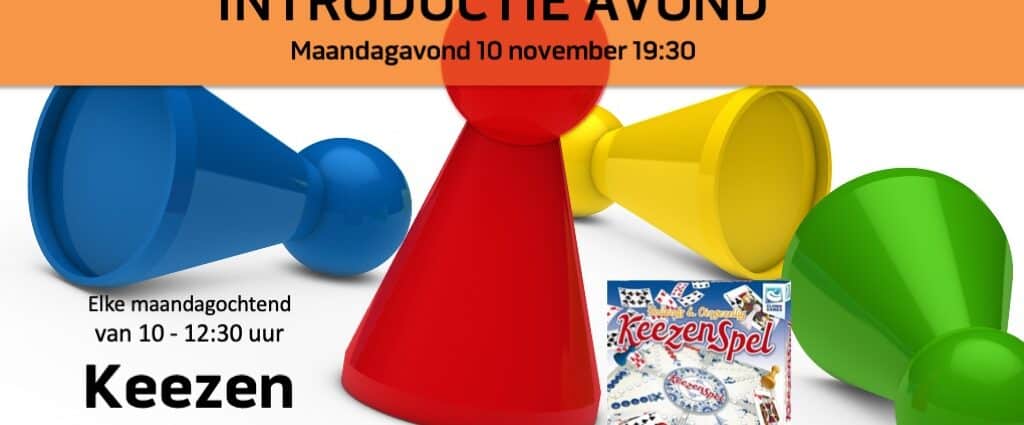Target
You play Keezen in pairs. Your partner sits across from you. The object of the game is to get into your base with all the pawns together with your partner as quickly as possible. You have won Keezen when you are both in your own base. To win you will have to help each other! When either player has his four pawns in his base he continues with his partner's pawns.
The Game
One player becomes the starting player. This player is the dealer for several rounds (until the cards run out). In the first round, the dealer deals 5 cards to each player. In the following rounds, the dealer deals 4 cards per player each time. No shuffling is allowed between rounds. When the cards have been dealt after three rounds, the next player becomes the dealer and shuffles the cards again.
The player to the left of the dealer may begin. To begin the game you must first hold a setup card, otherwise you must turn in your cards. In turn, each player throws up a card until all the cards are used up. Then the cards are dealt again. You must discard a card, even if it means discarding yourself or your partner. If you really can't, you must turn in any cards you have left and wait for the next round.
When your pawn is at its starting position, no one may pass by it and no one may capture your pawn. This pawn cannot be exchanged if someone has an exchange card. If you have an exchange card, you can exchange it, except with someone who is also on its starting position. For the other cards, do as many moves as indicated. You must connect your pawns in your base. But you may not pass over a pawn that is already in your base. To get your last pawn inside, you may also use a seven. If your partner is not in yet, then the rest of the seven must go to your partner.
Other game rules:
- Played cards must be placed visible and open in the center of the game board.
- A card thrown up is thrown up. When the pawn is released, it must be played.
- All steps should be counted, so not in jumps.
- When all four pawns are in, you continue playing with your teammate's pawns.
- Consultation on the cards you have is not allowed.
- A game lasts a maximum of 45 minutes. Is the game not over after 45 minutes? Then the game still stops and the points that are on the score sheet until then count.
- When all the pawns of one team are in, that team has won and the game is over and the score sheet is turned in to the tournament director.
Maps and meaning
Set-up card or 1 step forward: move a new pawn on the board or one square forward.
Set-up card: move a new pawn on the board.
Exchange card: swap one of your pawns with your fellow player or opponent (Note! you are not allowed to swap a pawn if it is on a square of its own color)
Seven: you can divide the seven over two pawns. For example, one pawn moves three spaces forward and the other pawn moves four spaces forward.
Four: move four spaces backward (Caution! You may not move backward into your base).
Other cards" For the rest, the number of spaces on the card applies.
Points
Per round of play, you can earn points as a team. The first pawn that reaches the end position earns the team 150 points. The second pawn that reaches the final position scores 140 points.
The following is the distribution of points:
| Pawn | Points |
| First pawn | 150 |
| Second pawn | 140 |
| Third pawn | 130 |
| Fourth pawn | 120 |
| Fifth pawn | 110 |
| Sixth pawn | 100 |
| Seventh pawn | 90 |
| Eighth pawn | 80 |
| Ninth pawn | 70 |
| Tenth pawn | 60 |
| Eleventh pawn | 50 |
| Twelfth pawn | 40 |
| Thirteenth pawn | 30 |
| Fourteenth pawn | 20 |
| Fifteenth pawn | 10 |
| Win bonus (the team that wins the 'pot' gets 200 points bonus) | 200 |
Tournament winner is the team that has the most points after 3 rounds of play. If teams finish equal, the highest round score is considered. If this is equal, the highest second score and possibly the third score. If all scores are the same, a draw is made.

